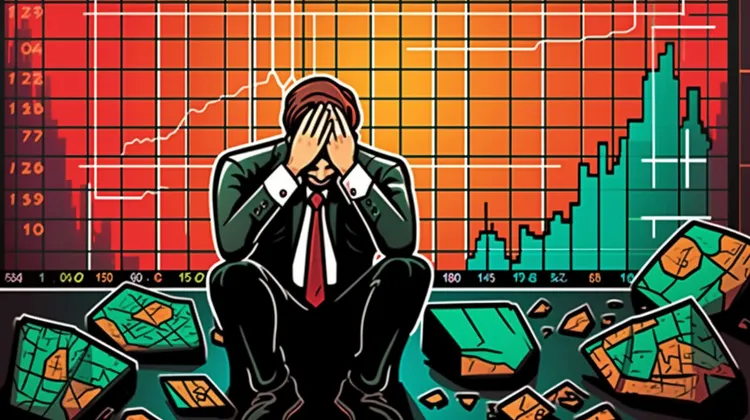On November 29, 2017, the financial world stood in awe as a digital currency known primarily to computer enthusiasts and libertarians made headlines around the globe. Bitcoin, the pioneering cryptocurrency, reached a monumental milestone by soaring to $10,000 in value. This remarkable event marked not just a peak in Bitcoin’s value but also a pivotal moment in the acceptance and legitimacy of cryptocurrencies as a whole.
Bitcoin’s journey began in 2009, when it was introduced by an individual or group of individuals under the pseudonym Satoshi Nakamoto. Initially, Bitcoin was merely a curiosity in the digital realm, often regarded as the currency for the internet’s underbelly. As the years progressed, it transformed from a clandestine online token to a serious investment and financial instrument.
The journey to $10,000 was not an easy one. Bitcoin faced numerous challenges, including regulatory pressures, security breaches, and internal community conflicts. Despite these hurdles, the cryptocurrency gained traction, attracting a diverse group of individuals, including tech enthusiasts, libertarians, and investors looking for an alternative to traditional currencies and investments.
On that historic day in 2017, Bitcoin’s value didn’t merely inch over the five-figure threshold; it soared by more than 9% and surpassed it, trading as high as $11,000 later in the same day. These fluctuations were a reminder of the extreme volatility in the cryptocurrency market. The price surge encapsulated the culmination of a year that had already seen unprecedented growth for Bitcoin, which started at around $1,000 at the beginning of the year.
Bitcoin’s surge to $10,000 was fueled by a combination of factors. Increasing adoption by both individual investors and institutions helped push its value upward. The introduction of blockchain technology, the underlying infrastructure of Bitcoin, began to catch the eye of businesses and governments for its potential to revolutionize various industries beyond finance.
The spike to $10,000 also attracted the attention of mainstream media and the general public. This exposure brought in waves of new investors looking to capitalize on what many were calling the investment opportunity of the decade. Bitcoin had started to become a household name, and “cryptocurrency” was being introduced to the lexicon of everyday people.
The psychological impact of the $10,000 mark cannot be overstated. It served as a strong signal to the market that Bitcoin was a force to be reckoned with. It also sparked conversations about the sustainability of its growth and the possibility of price bubbles in cryptocurrency markets.
Bitcoin’s new heights brought increased scrutiny. Regulators and financial experts debated the legitimacy of cryptocurrencies as an asset class, and some warned of the potential for a bubble reminiscent of the dot-com bubble of the late 1990s and early 2000s. Still, the intricate balance of skepticism and optimism continued to fuel the market’s momentum.
The breakthrough above $10,000 also pushed Bitcoin further into the realm of mainstream investment strategies. Some hedge funds and private wealth managers began to cautiously include cryptocurrency in their portfolios, albeit often as a very minor component given its riskiness.
For the technology community, Bitcoin’s ascent to $10,000 was a validation of blockchain technology’s potential. The technology promised decentralization, security, and efficiency in transactions, characteristics that were increasingly becoming attractive to an interconnected world wary of centralized control and cyber threats.
From a global perspective, Bitcoin’s rise highlighted the shifting dynamics of the financial landscape. It questioned the traditional notions of money and banking, and as a borderless currency, it offered an attractive alternative to people in countries with unstable economies or restrictive financial systems.
Despite the celebration among Bitcoin enthusiasts, the currency’s rise to $10,000 was met with significant volatility. Its value swung wildly, demonstrating the immaturity and speculative nature of the market. These fluctuations served as a reminder that investing in Bitcoin and other cryptocurrencies carried a high level of risk.
On the day Bitcoin hit $10,000, it became clear that the cryptocurrency was no longer a fringe technology or a financial curio. It had become a significant part of the conversation about the future of money and investment. The event spurred numerous debates on valuation, regulation, and the long-term viability of cryptocurrencies.
In the years that followed, Bitcoin would go on to experience both tremendous spikes in value and dramatic downturns, a testament to its volatile nature. The day Bitcoin crossed the $10,000 threshold remains etched in history as a moment of significant cultural and economic importance, reflecting both the excitement and uncertainty surrounding the future of digital currencies.



